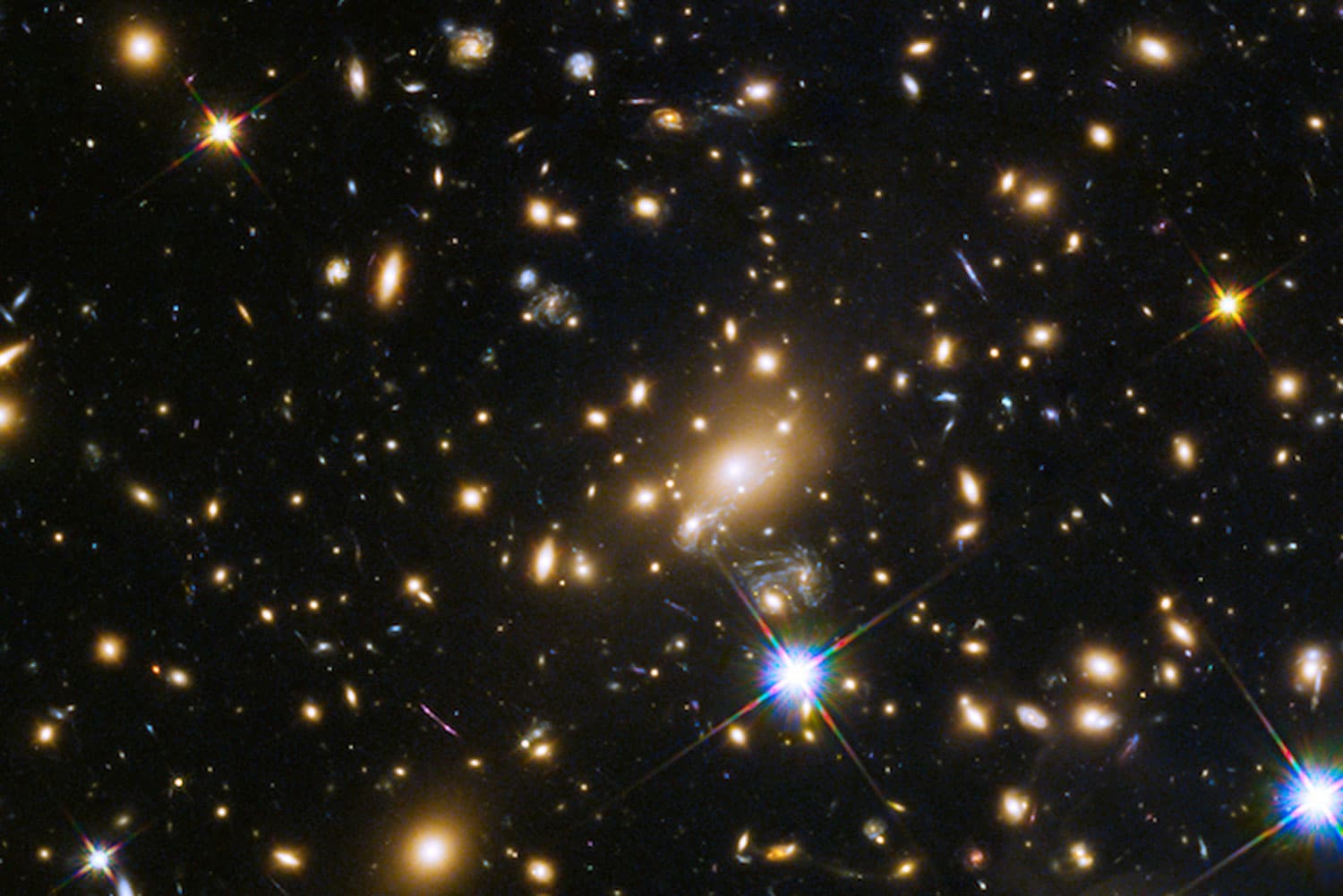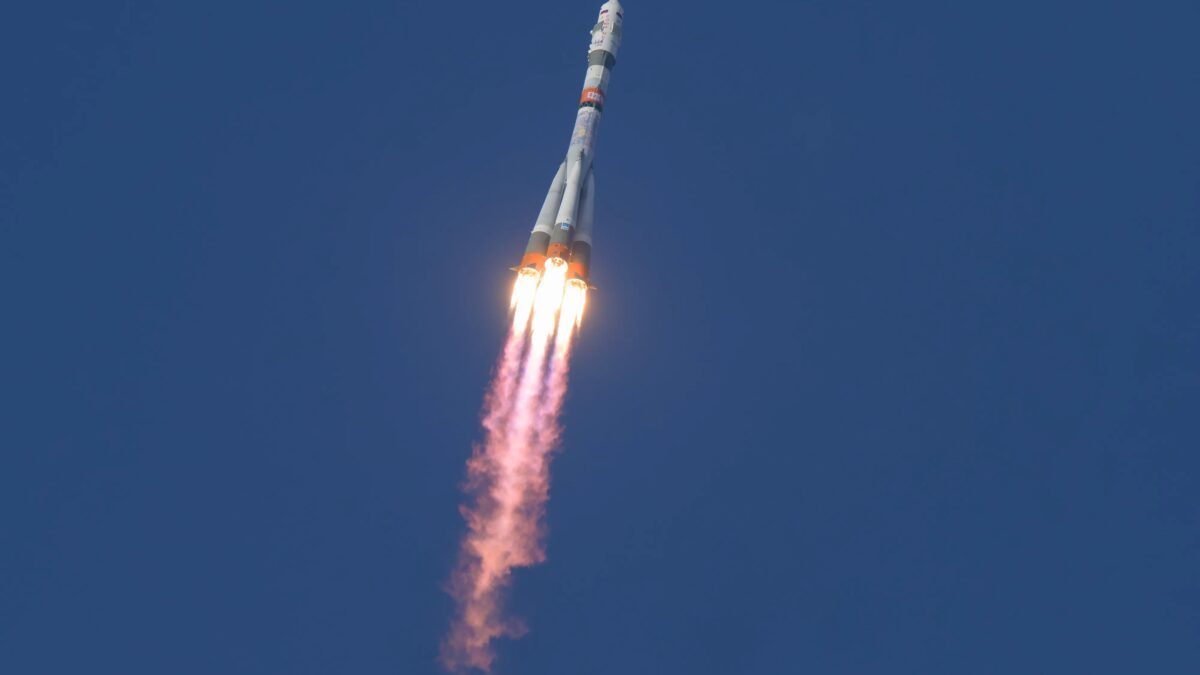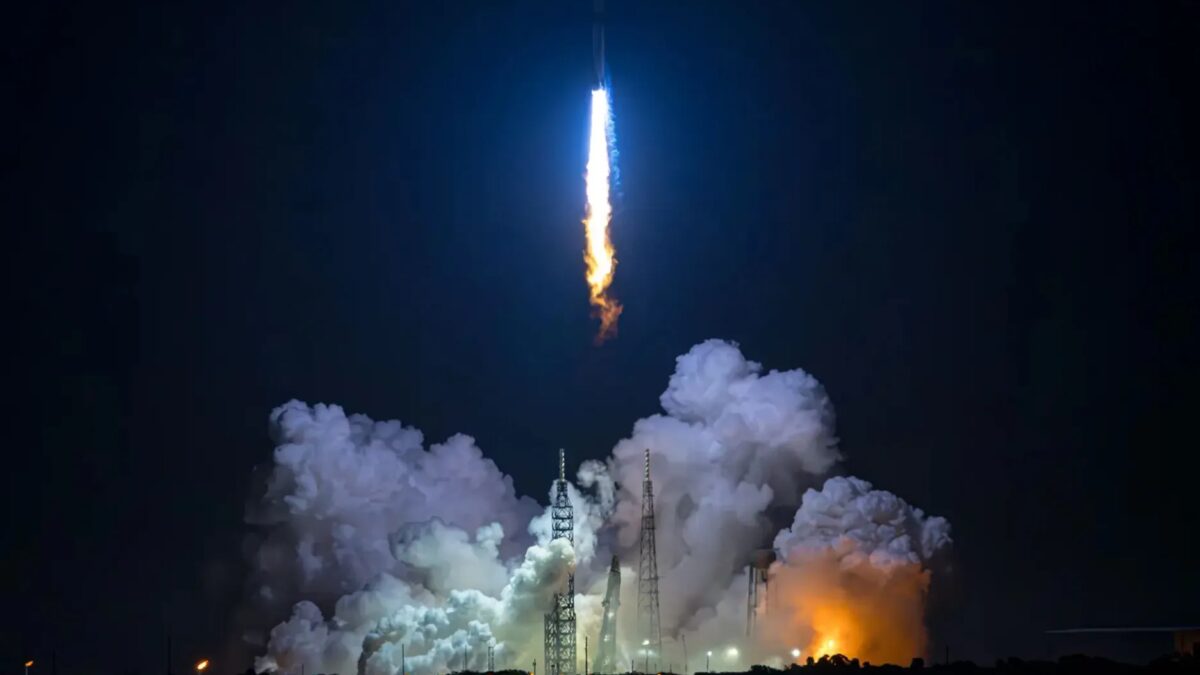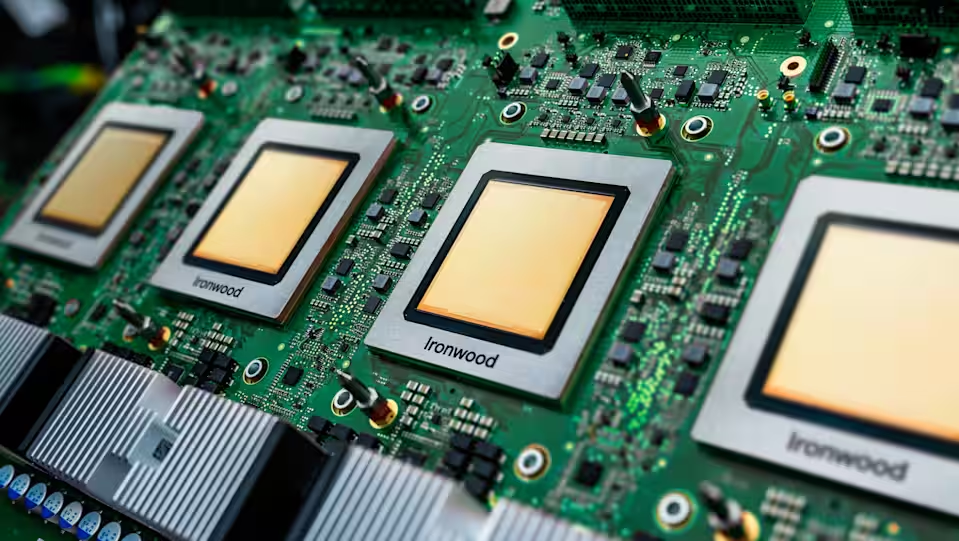Giant “bubbletrons” formed the forces of the universe moments after the Big Bang

In the extremely early universe, the most cataclysmic, transformational and energetic events in all of human history were taking place. The driving force behind these energies was the expansion of the cosmos and the resulting fragmentation of the fundamental forces of nature. This fragmentation could have resulted in massive bubbles that collided with each other and set in motion energies that could put even the most advanced man-made particle gas pedals to shame, according to a new study published June 27 in the arXiv preprint database.
A new study published June 27 in the arXiv preprint database.
These stunning energies could fill the universe with dark matter particles, microscopic black holes and more, the researchers write. And what are these super-energetic structures of the early universe called? «Бабблтроны»! Well, or bubbletrons.
Bubbletrons.

Bubbles of Chaos
The four fundamental forces of nature — electromagnetism, strong nuclear, weak nuclear and gravity — are not always so different. At high energies, these forces begin to merge. We can already observe this at our most powerful particle colliders, where electromagnetism and the weak nuclear force merge into a single «electroweak» force. Although not proven, physicists strongly suspect that at even higher energies, other forces also merge into a single force.
Physicists strongly suspect that at even higher energies, other forces also merge into a single force.
But the only time the universe had the energy needed to do this occurred less than a second after the Big Bang. As the cosmos cooled and expanded from that early state, the forces separated from each other in titanic moments of phase transitions. This splitting could have been smooth and calm, like the transition of ice to water, or incredibly violent, like the transition of water to boiling steam.
After the Big Bang, the forces split from each other.
If the transitions were violent, the universe could have briefly filled with giant bubbles, a new study suggests. Outside these bubbles, unified forces persisted. But inside the bubbles, the cosmos would have been completely different, and the forces would have separated from each other. Eventually, these bubbles would have expanded and collided, completely transforming the universe into a new reality.
So the bubbles would have expanded and collided, completely transforming the universe into a new reality.
But these bubbles wouldn’t just appear and disappear without leaving a trace behind, without fizzling out like an open can of soda. The bubbles would carry a truly colossal amount of energy — orders of magnitude more than any man-made or natural process in the modern cosmos.
But they would also carry a truly colossal amount of energy — orders of magnitude more than any man-made or natural process in the modern cosmos.
The expanding edges of the bubbles could accelerate all nearby particles to incredibly high speeds. These particles would then collide with others, as they do in laboratory particle gas pedals, creating a stream of released energy and new particles. In addition, the bubbles could eventually merge, becoming another source of particle creation.
The bubbles could also merge over time, becoming another source of particle creation.
The researchers found that these bubble-trons could reach the energies needed to form hypothetical dark matter particles. Experts calculate that these particles would have enough mass and density to explain the observed amount of dark matter in the universe. They could also be factories for much more exotic objects, such as microscopic black holes, which would immediately vaporize, adding their energy to the mix.
They could also be factories for much more exotic objects, such as microscopic black holes, which would immediately vaporize, adding their energy to the mix.
Most importantly, the researchers found that expanding and colliding bubble-trons would produce a cacophony of gravitational waves. These gravitational waves, like a giant bell, would ring throughout the universe and persist in the cosmos today, billions of years later.
The researchers found that the expansion and collision of the tron bubbles would have created a cacophony of gravitational waves.
Recent research suggests that the universe is immersed in a background hum of gravitational waves. While most of the waves are likely caused by the collision of supermassive black holes, some may be relics of processes that occurred in the very early universe, such as the rise and fall of bubble-trons. The researchers note that future analysis with arrays of pulsars, as well as with new gravitational wave detectors such as LISA and the Einstein Telescope, may be able to find direct evidence for the significant but fleeting existence of bubble-tron bubbles.








